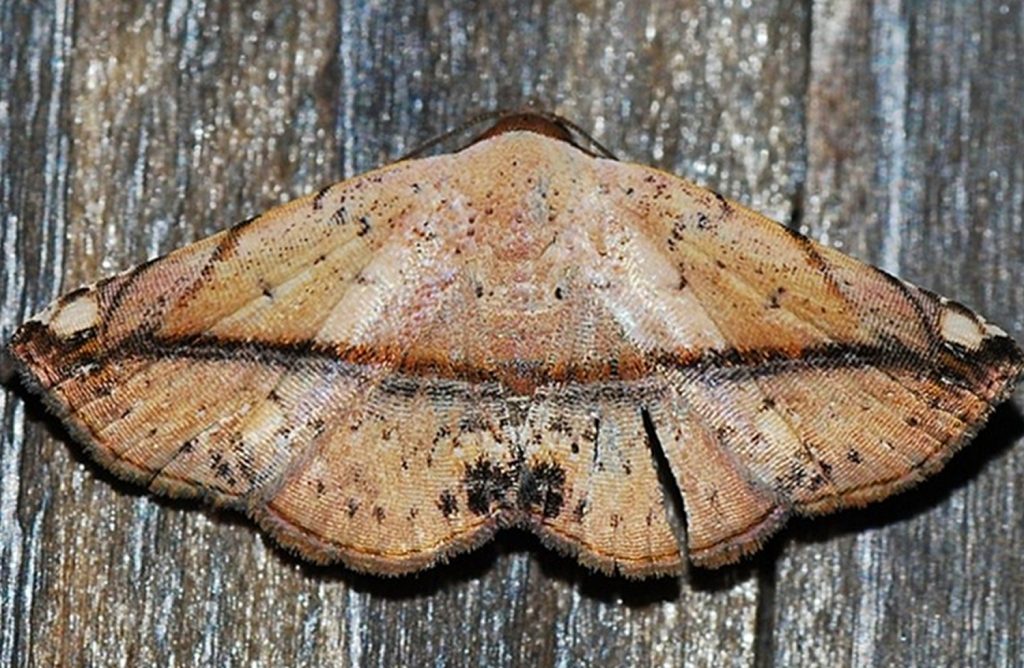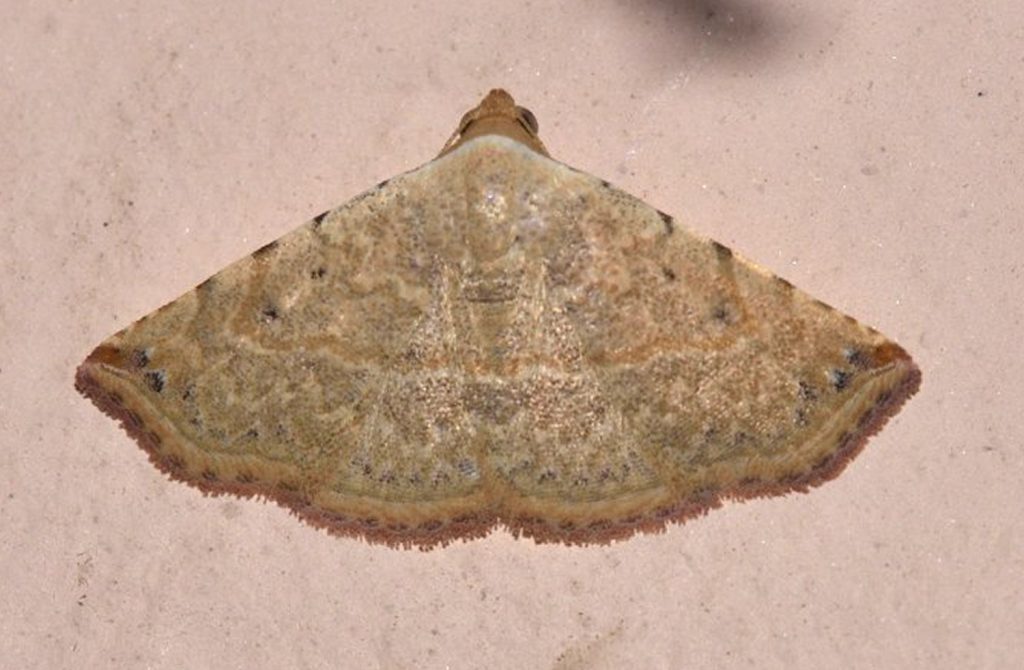
Introduction
In the vast tapestry of the natural world, there exists a phenomenon that often escapes our attention despite its profound impact on the ecosystem. This phenomenon is the autobà, a creature of the night that plays a crucial role in the balance of life on Earth. In this article, we will delve into the world of it, exploring its species, its role in the ecosystem, its unique journey, the impact it has on the world around us, and how it intersects with the human experience.
A Guide to Their World
Autobà, commonly known as moths, belong to the order Lepidoptera, just like butterflies. However, unlike their more colorful counterparts, moths are often misunderstood and overlooked. With their duller hues and nocturnal habits, moths tend to dwell in the shadows, yet they are no less fascinating.
The Role of Autobà in the Ecosystem
Despite their seemingly humble appearance, moths play a vital role in the ecosystem. As pollinators, they facilitate the reproduction of numerous plant species, contributing to the diversity and abundance of flora in various habitats. Additionally, moths serve as a crucial food source for many predators, including birds, bats, and other insects, thus forming an integral part of the food web.
The Autobà Experience: Navigating Life in the Night
For moths, life unfolds in the darkness of the night, guided by instincts honed over millions of years of evolution. Their journey begins as eggs laid on the leaves of host plants, where they hatch into larvae, commonly known as caterpillars. These voracious feeders consume plant material, growing rapidly before entering the pupal stage. Inside their cocoon or chrysalis, they undergo a remarkable transformation, emerging as fully-formed adults ready to take flight into the night.
The nocturnal lifestyle of moths presents unique challenges and opportunities. While they may lack the vibrant colors of butterflies, moths have evolved other strategies for survival in the darkness. Many species possess cryptic coloration and patterns that help them blend seamlessly into their surroundings, providing camouflage from predators. Others rely on chemical defenses, emitting noxious substances to deter would-be attackers.
The Impact of Autobà on Human Life
While moths may seem inconsequential to many, their impact on human life is profound. From the pollination of crops to the control of pest populations, moths contribute in ways that are often overlooked. Furthermore, their role as indicators of environmental health underscores the importance of preserving their habitats and ensuring their survival in an ever-changing world.
In addition to their ecological significance, moths hold cultural and scientific importance for humanity. For centuries, they have captured the imagination of poets, artists, and scientists alike, inspiring countless works of art and scientific discoveries. Their intricate patterns and behaviors continue to fascinate researchers, offering valuable insights into topics ranging from evolution to conservation biology.

The Autobà’s Way: Navigating with Efficiency
In their nocturnal realm, moths have evolved various adaptations to navigate with efficiency. Their keen sense of smell helps them locate suitable mates and food sources amidst the darkness. Additionally, many species possess specialized organs, such as tympanal organs, which allow them to detect the echolocation calls of predators like bats, enabling them to evade capture with remarkable speed and agility.
Furthermore, moths exhibit remarkable navigational abilities, often traveling vast distances during their nocturnal flights. Some species are known to migrate over hundreds or even thousands of kilometers, guided by celestial cues and environmental cues such as wind patterns. These epic journeys demonstrate the resilience and adaptability of moths in the face of environmental challenges.
The Journey of the Autobà: A Story of Development and Adaptation
Over millions of years, moths have embarked on an evolutionary journey marked by development and adaptation. From their ancestral origins to the diverse array of species we see today, moths have continually evolved to thrive in a variety of environments, from dense forests to urban landscapes. Their ability to adapt to changing conditions is a testament to the resilience and ingenuity of these remarkable creatures.
The evolutionary history of moths is intertwined with that of flowering plants, with many species co-evolving alongside their preferred host plants. This intricate dance of mutualism has led to the diversification of both moths and plants, shaping ecosystems around the world. Additionally, human activities such as habitat destruction and climate change pose new challenges for moths, forcing them to adapt to rapidly changing conditions or face extinction.
The Speed of Autobà: Racing Through Life
While moths may not be known for their speed in the traditional sense, their life cycle unfolds with remarkable efficiency. From egg to adult, some species can complete their metamorphosis in a matter of weeks, allowing them to capitalize on brief windows of opportunity for reproduction and survival. In this sense, the speed of moths lies not in their physical movement, but in the rapid pace of their life cycle.
Furthermore, moths exhibit impressive agility and maneuverability in flight, allowing them to navigate complex environments with ease. Their ability to dart and weave through the air enables them to evade predators and locate resources with precision, highlighting the importance of their unique adaptations for survival in the wild.
Conclusion: Embracing the Beauty of the Autobà
In conclusion, the autobà, or moths, represent a fascinating and often underappreciated aspect of the natural world. From their crucial role in pollination to their remarkable ability to adapt and thrive in diverse environments, moths are truly remarkable creatures worthy of our admiration and respect. By gaining a deeper understanding of these nocturnal denizens, we can better appreciate the intricate web of life that sustains our planet and work towards preserving it for future generations. So, the next time you encounter a moth fluttering in the night, take a moment to marvel at the beauty and complexity of the autobà, and remember the important role they play in our world.



